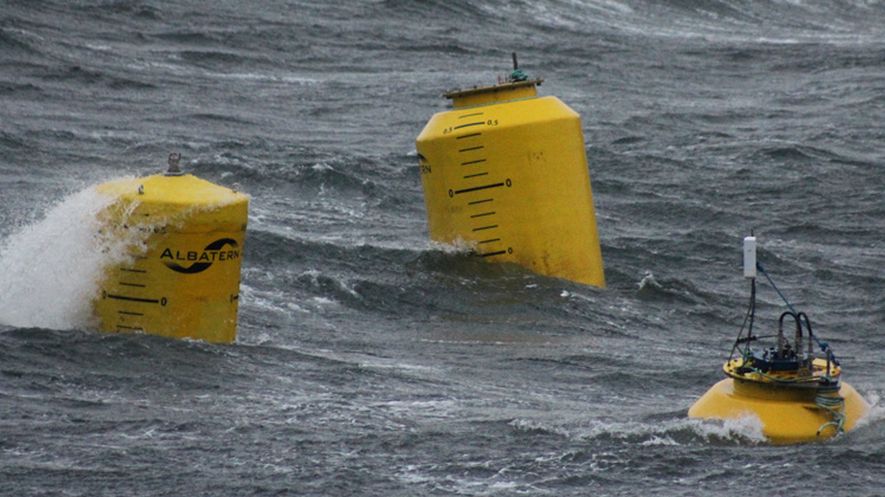They say bigger is better - but we all know that’s not always true. Small can also be beautiful. That’s certainly the case in wave energy, where smaller devices are proving their worth.
While much of the wave energy sector’s focus has historically been on larger, ‘utility scale’ machines, many smaller devices are now coming to the fore.
Noisy, inefficient, polluting diesel generators are used by fish farms, remote coastal mines, island communities and more across the world. Wave energy can offer a cleaner, greener alternative, and therein lies the opportunity - but just how big is it?
He used 'hindcast' data (think the opposite of 'forecast'), and the power matrix of Scottish Renewables member Albatern's 45kW WaveNET device to reach startling conclusions.
The Small Scale Advantage
According to Frost, the lower cost and risk of smaller scales is a clear advantage, along with ease of operations, less infrastructure, a lower environmental impact, and faster learning and development curves. Potential markets specific to smaller scales include aquaculture and island nations.
One interesting conclusion from the work, writes Ciaran, was that: “Small scale devices have power capture properties which do not always match theoretical expectation. Often there is a temptation to consider areas where the waves contain the most power. However, this does not always directly relate to higher power capture for the device, which might operate better in smaller, locally wind driven waves at higher frequencies.”
This article contains materials written by Lindsay Roberts, Senior Policy Manager, Scottish Renewables and Ciaran Frost, University of Endinburgh - IDCORE as compiled by ECO staff writer. For more, visit www.scottishrenewables.com, www.albatern.co.uk, and www.idcore.ac.uk.






